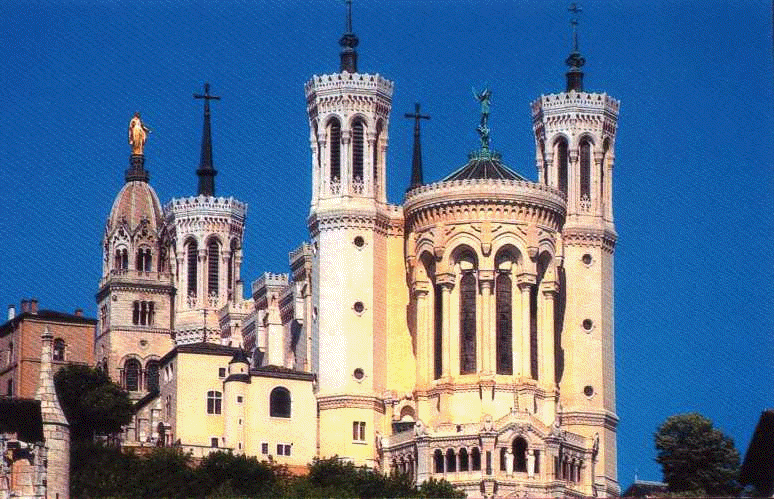Tomorrow
Architecture that
Changed Our World
Paul Cattermole
(Overlook)
 If you were scared to go into the city before, wait until you get a gander at Buildings of Tomorrow. Structures like butterflies, arcs with spines, pylons with little squiggly cement worms behind them, fat globules set at the side of the sea. There's a pagoda tower in Taipei reputed to be the tallest (1667 feet) if not the homeliest in the world. In London, Lloyd's put up a grain elevator on steroids.
If you were scared to go into the city before, wait until you get a gander at Buildings of Tomorrow. Structures like butterflies, arcs with spines, pylons with little squiggly cement worms behind them, fat globules set at the side of the sea. There's a pagoda tower in Taipei reputed to be the tallest (1667 feet) if not the homeliest in the world. In London, Lloyd's put up a grain elevator on steroids. There's an airport in Lyons that looks to be a literal representation of Dylan Thomas' poem, "In the White Giant's Thigh." You can find bookends in Mexico City, erector sets in Tokyo, grounded flying saucers in Singapore, gooey blobs in Rio de Janiero, London, Cornwall, and Austria.
The only one I could relate to in this morass of modernistic trickery was the lovely, ancient, majestic Falkirk Wheel in Scotland, a boatlift to transport pleasure craft from one canal to another. Reminds one of old locks and engines from a hundred years ago. It is so elegant that it quite takes one's breath away.
